Medical injection-molded products, due to their direct contact with the human body or use in high-precision medical scenarios, impose stringent requirements on the cleanliness of production environments, material safety, and process stability. Medical cleanroom injection molding workshops, as core production units, must integrate multiple technical measures and management protocols to ensure compliance with ISO 13485 medical device quality management systems and GMP (Good Manufacturing Practice) standards. The following outlines the key requirements across four dimensions: environmental control, equipment configuration, personnel management, and material/process management.
1. Environmental Cleanliness: Hierarchical Control and Dynamic Monitoring
The cleanliness classification of medical injection molding workshops depends on product types (e.g., implants, surgical instruments, in vitro diagnostic devices), typically requiring ISO Class 7 (10,000-level) to ISO Class 5 (100-level) standards. Specific requirements include:
-
Air Purification Systems:
-
Utilize HEPA filters for three-stage air filtration to ensure particle concentration (≥0.5μm) meets standards.
-
Maintain positive pressure to prevent external contamination, with real-time monitoring of pressure differentials (e.g., ≥10Pa between clean and non-clean zones).
-
Equip temperature/humidity control systems (18–26°C, 45–65% RH) to avoid static electricity or material deformation.
-
Airflow Organization:
-
Adopt laminar or turbulent airflow designs to ensure uniform coverage of clean air, minimizing eddy zones.
-
Install local Class 100 laminar flow hoods for critical processes (e.g., mold installation, product extraction).
-
Regular Testing and Validation:
-
Commission third-party agencies for biannual particle counting and microbial testing, with compliance reports issued.
-
Conduct dynamic monitoring under simulated production conditions to verify environmental stability during equipment operation and personnel activities.

2. Equipment and Processes: Precision and Traceability
-
Injection Molding Machine Selection and Maintenance:
-
Opt for all-electric or hydraulic machines with enclosed oil circuits to minimize leakage risks.
-
Use stainless steel or corrosion-resistant coatings for easy cleaning and disinfection.
-
Regularly calibrate parameters (temperature, pressure, speed) to ensure process consistency.
-
Mold Management:
-
Fabricate molds from corrosion-resistant materials (e.g., S136H stainless steel) with mirror-finish polishing (Ra≤0.2μm) to reduce surface defects.
-
Store molds in dedicated clean cabinets and sterilize them via ultrasonic cleaning and steam before use.
-
Ancillary Equipment:
-
Deploy automatic robots or manipulators for product handling to minimize human contact.
-
Use closed-loop water cooling systems to prevent contamination.
-
Integrate online quality inspection systems (e.g., vision detection) for real-time monitoring.
3. Personnel Management: Aseptic Operations and Behavioral Norms
-
Personnel Decontamination Procedures:
-
Require operators to pass air showers and airlocks, wearing cleanroom suits, gloves, masks, and goggles, with hair fully covered.
-
Prohibit personal items (e.g., phones, jewelry) and volatile substances (e.g., cosmetics, perfumes) in clean zones.
-
Behavioral Training:
-
Conduct regular GMP training to emphasize aseptic practices, such as avoiding rapid movements or loud talking to reduce particle generation.
-
Develop standardized operating procedures (SOPs) for equipment use, material transfer, and cleaning.
-
Health Monitoring and Rotation:
-
Require annual health checks for operators; exclude those with infectious diseases from clean zones.
-
Implement job rotation for critical roles to prevent fatigue-related errors.
4. Material and Process Control: Full-Chain Traceability
-
Raw Material Management:
-
Select medical-grade plastics (e.g., PC, PP, PEEK) with biocompatibility reports (ISO 10993 certification).
-
Unpack materials in Class 10,000 clean zones and seal unused portions with expiration labels.
-
Cleaning and Disinfection:
-
Disinfect equipment and workstations daily with 75% ethanol or hydrogen peroxide sprays.
-
Perform periodic ozone or UV sterilization of clean zones, documenting parameters (time, concentration).
-
Batch Management and Traceability Systems:
-
Label each batch with production dates, operators, and equipment parameters for full traceability.
-
Retain production records and inspection reports for at least five years for regulatory audits.
Conclusion
The construction and operation of medical cleanroom injection molding workshops represent a fusion of technology, management, and human factors. By enforcing stringent cleanliness controls, precision equipment, standardized personnel practices, and end-to-end quality traceability, these workshops minimize contamination risks and uphold medical safety. As demand grows for high-precision, reliable medical devices, cleanroom injection molding will become a critical differentiator for manufacturers.
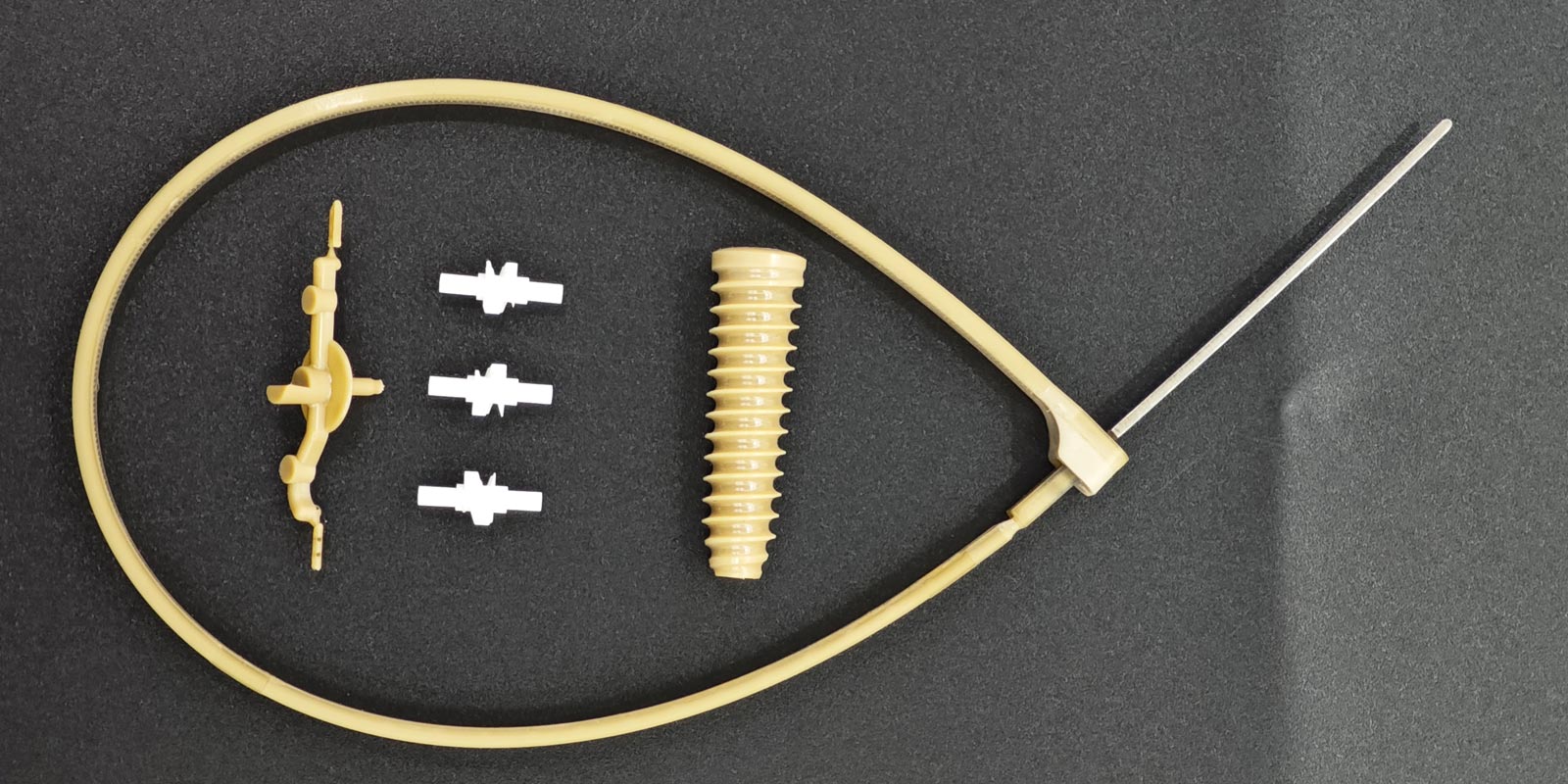
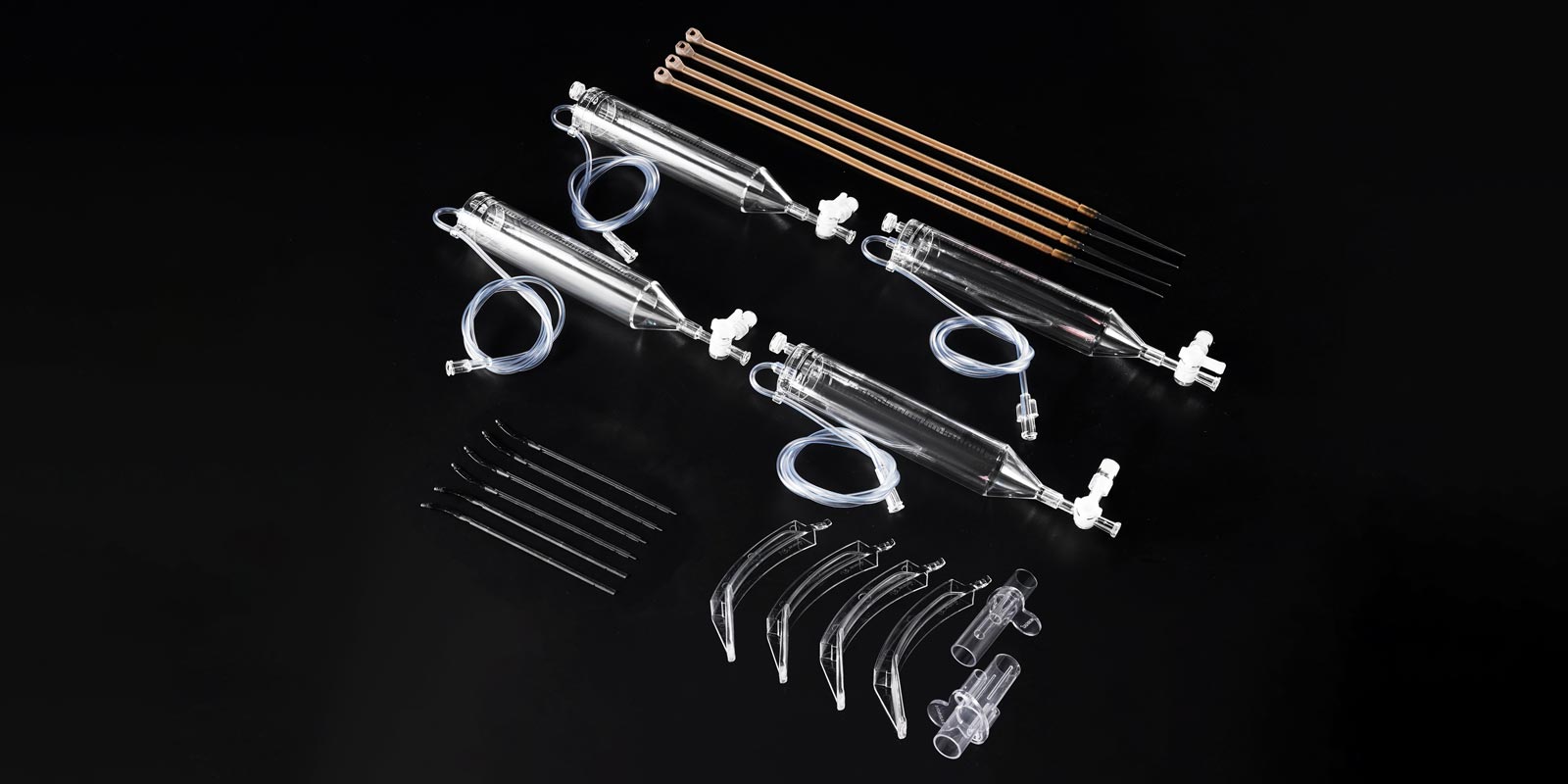

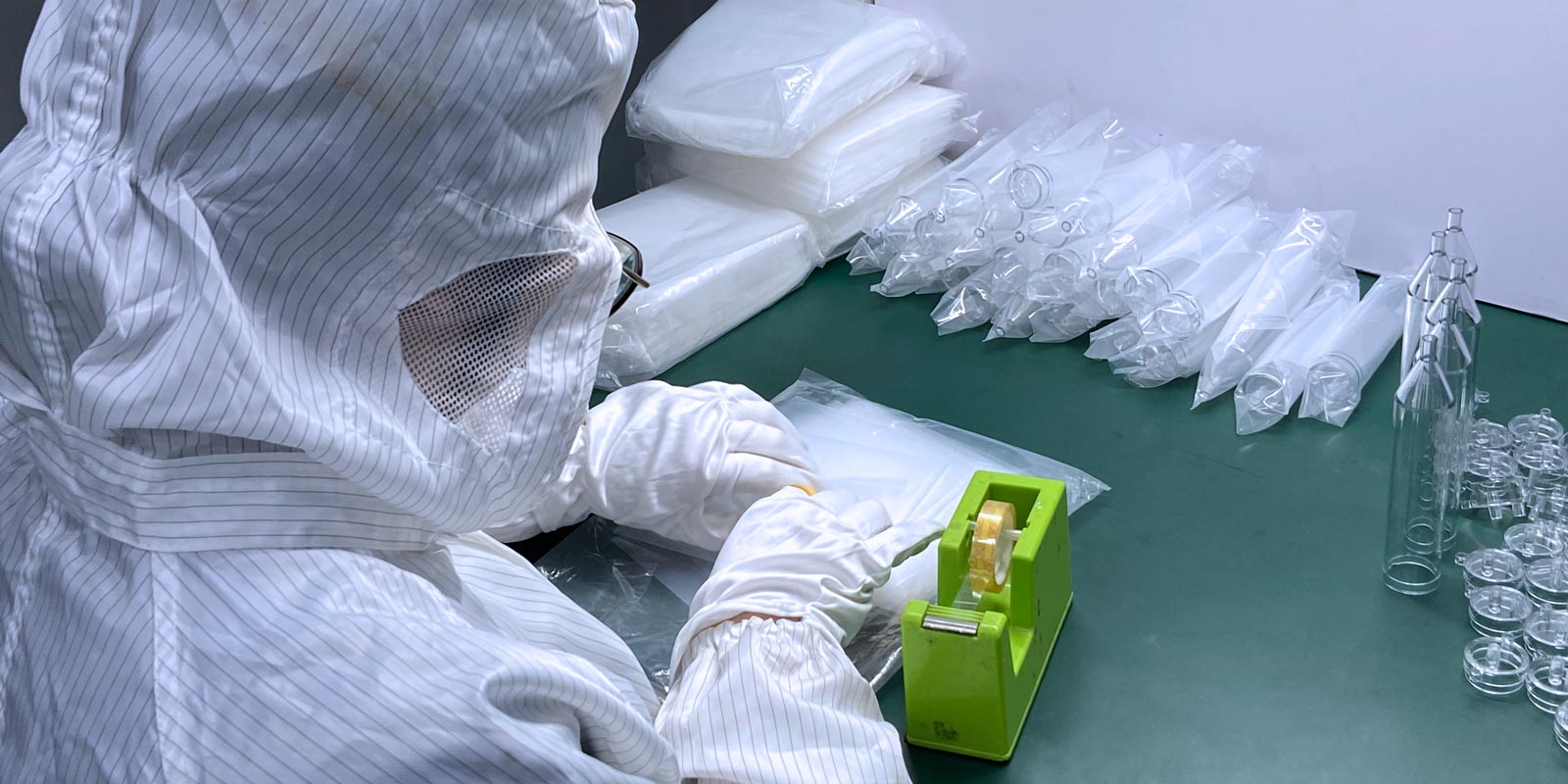
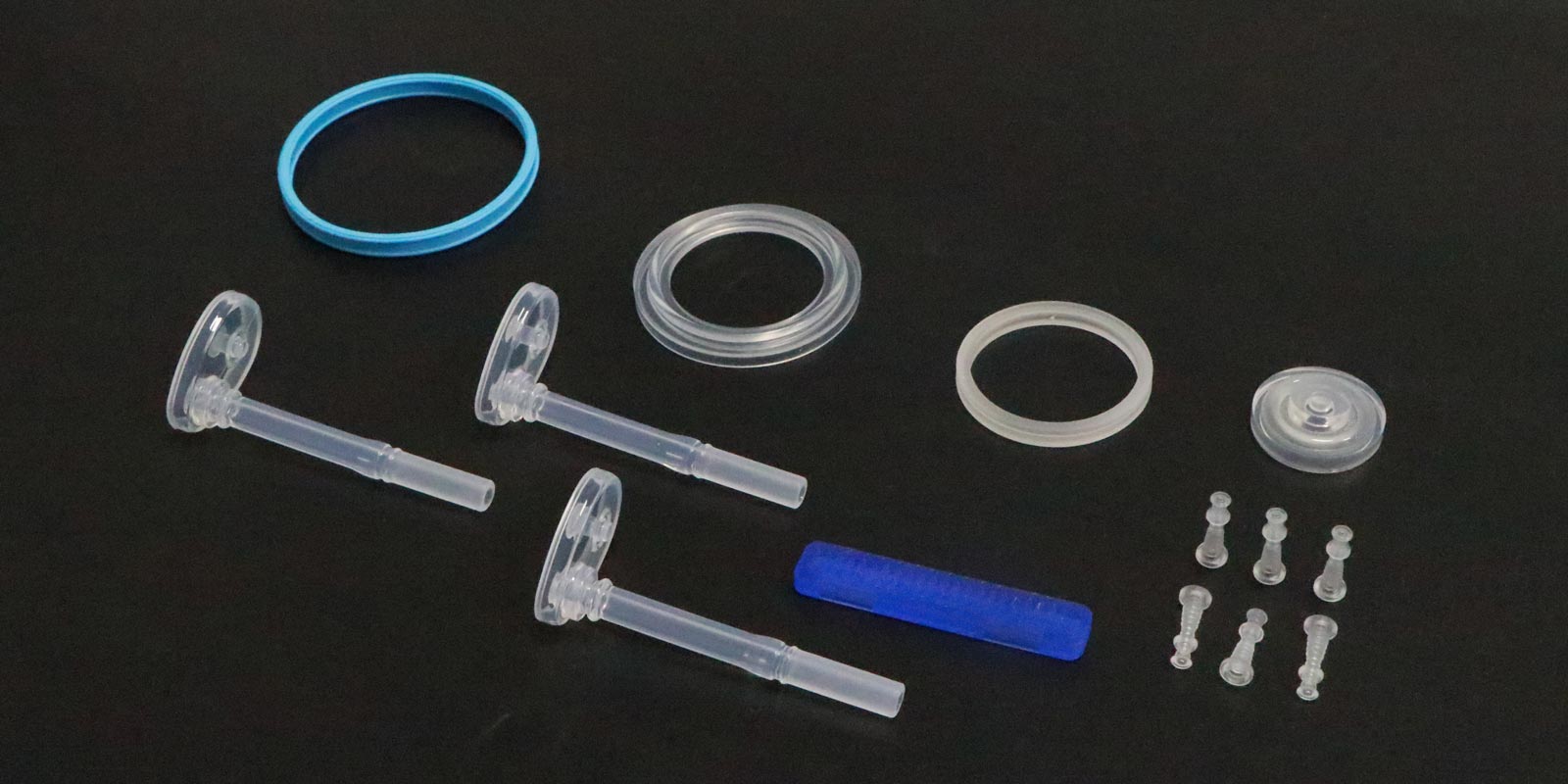


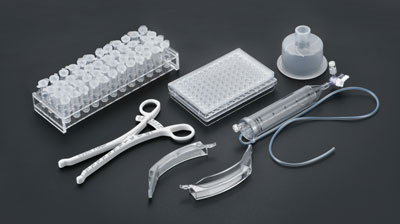








 Home
Home
